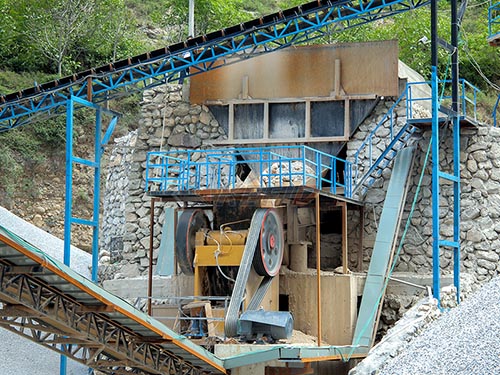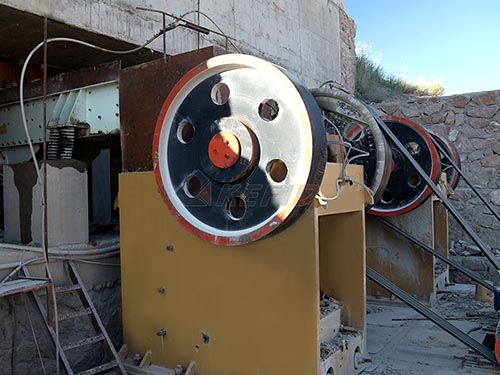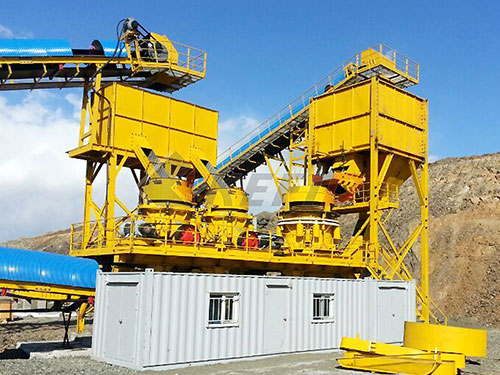Zimbabwe 120tph Granite Crushing Line
Zimbabwe's 120tph Granite Crushing Line: A Model of Efficiency and Sustainability in Mineral Processing
In recent years, Zimbabwe's mining and construction sectors have witnessed significant growth, driven by infrastructure development and the demand for high-quality construction materials. Among these resources, granite stands out as a critical raw material for producing durable aggregates used in roads, buildings, and civil engineering projects. The establishment of a 120-ton-per-hour (tph) granite crushing line in Zimbabwe exemplifies how modern engineering solutions can address local industry needs while adhering to global standards of efficiency and sustainability.
Project Background

Zimbabwe is endowed with abundant granite reserves, particularly in regions such as Mutoko and Nyamapanda, where high-quality black and grey granite deposits are prevalent. However, extracting and processing these resources efficiently has historically posed challenges due to limited access to advanced crushing technology and reliable power infrastructure. The 120tph granite crushing line was designed to overcome these obstacles, aiming to deliver consistent output for construction projects while optimizing operational costs.
Technical Specifications & Equipment Configuration
The crushing line was engineered to process raw granite blocks with a maximum feed size of 500mm into three final aggregate products: 0-5mm, 5-20mm, and 20-40mm. The configuration includes:

1. Primary Crushing: A robust jaw crusher (e.g., PE600×900) handles the initial size reduction, breaking large granite blocks into smaller pieces. Its high crushing ratio and wear-resistant components ensure durability under heavy workloads.
2. Secondary Crushing: A hydraulic cone crusher (e.g., HPT300) further refines the material. This stage optimizes particle shape and ensures uniformity in the final products, critical for meeting construction specifications.
3. Screening & Sorting: Multi-layer vibrating screens (e.g., 3YK3072) classify the crushed material into required sizes. Adjustable screen meshes allow flexibility in product grading based on market demand.
4. Auxiliary Systems: Belt conveyors with dust-proof designs minimize material loss and environmental impact. An intelligent control system monitors operations in real time, enhancing safety and reducing downtime.
Innovations & Adaptations
1. Energy Efficiency: Given Zimbabwe's intermittent power supply challenges, the plant incorporates low-voltage motors and standby generators to maintain uninterrupted operations.
2. Environmental Compliance: Dust suppression systems (including water sprays and enclosed transfer points) reduce particulate emissions by over 85%, aligning with Zimbabwe's environmental regulations.
3.


